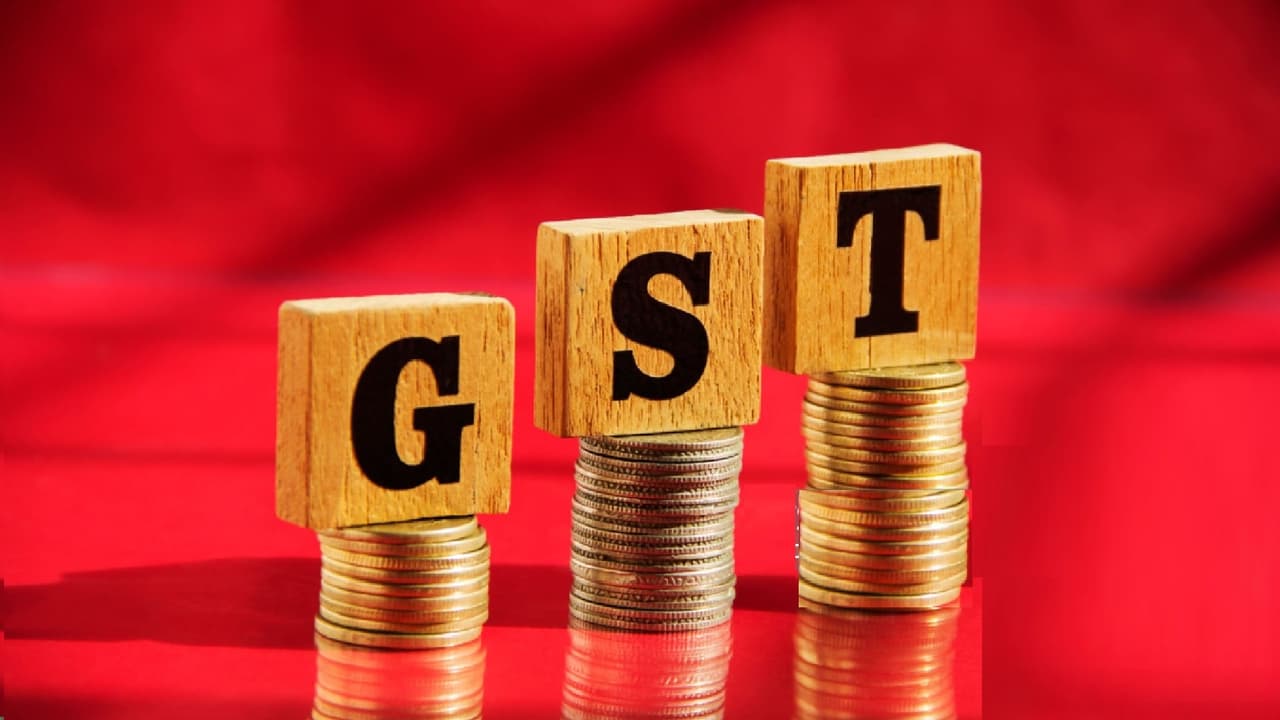The central government is going to reduce the four rates of GST to two. Most of the goods used by common people will take 5% -18% GST. This will reduce prices. People will get relief from inflation. Their money will be saved.
GST Slabs: GST (Goods and Services Tax) is going to be a big change. The G.M. (GOM) constituted to rationalize GST rates has agreed to reduce the number of slabs. There was an important meeting in this regard on Thursday. In this, a panel of state ministers accepted the Center’s plan to reduce the 4 rate system to two main slabs of 5% and 18%. This step symbolizes the beginning of GST 2.0. Its purpose is to simplify the tax system, easy to comply and reduce the burden on families and businesses. The new changes will reduce the price of 90 percent of the goods used by the common people.
There will be two slabs instead of four of GST
At this time the four slabs of GST are 5%, 12%, 18%, and 28%. The central government is going to end the rates of 12% and 28%. Most goods will be charged at the rate of GST 5% or 18%. A limited list of 40% high tax will be applicable on a limited list of tobacco and some luxury items such as “anti-sin”. The panel has also recommended that luxury cars also be brought under 40% tax radius. The plan is to impose 5% tax on 99% goods on which 12% tax was being charged earlier. Similarly, 90% of goods on which 28% tax was charged should be increased to 18%.
Common people will get relief due to decrease in GST rate
The central government has said that the new structure will provide relief to families, farmers and middle class due to low GST rate on everyday goods. Medicines, processed food products, clothes, shoes and slippers and many domestic products are expected to enter a 5% rate. This will reduce inflation. Common people will save money. Large home appliances, television and other durable items will come under the rate of 18% instead of the earlier rate of 28%. This will reduce their prices.
Review of GST exemption on insurance
The minister also discussed the central government’s plan to exemption health and life insurance from GST for individuals. If it gets approval, then policy holders will not have to pay GST on their premium. Officials estimate that such exemption may reduce government revenue by about Rs 9,700 crore every year. However, most states supported this idea. He also demanded a system to ensure that insurance companies benefit customers.
The recommendations of the Group of Ministers will now be sent to the GST Council. It is chaired by the Union Finance Minister. It consists of representatives of all states. The council is expected to review the proposals and take a final decision in its upcoming meeting.
